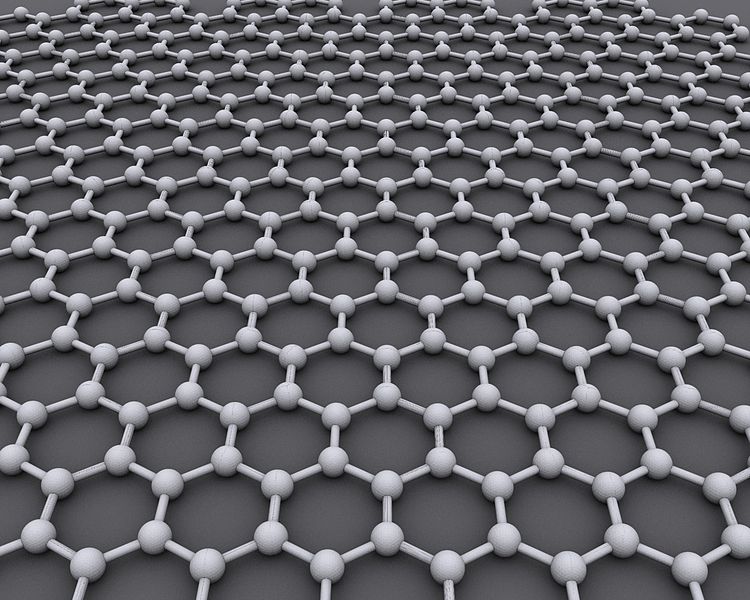Graphene’s photovoltaic potential
March 5, 2013

Graphene (credit: AlexanderAlUS/Wikimedia Commons)
Researchers have demonstrated that graphene is highly efficient at generating electrons upon absorbing light, which suggests that the material could be used to make light sensors and perhaps even more efficient solar cells, MIT Technology Review reports.
Conventional materials that turn light into electricity, like silicon and gallium arsenide, generate a single electron for each photon absorbed. Since a photon contains more energy than one electron can carry, much of the energy contained in the incoming light is lost as heat.
Now, new research reveals that when graphene absorbs a photon it generates multiple electrons capable of driving a current. This means that if graphene devices for converting light to electricity come to fruition, they could be more efficient than the devices commonly used today.
This will probably have the most immediate impact in the field of image sensing, but could work with future higher-efficiency “third-generation” solar cells, with a theoretical limit of more than 60 percent.